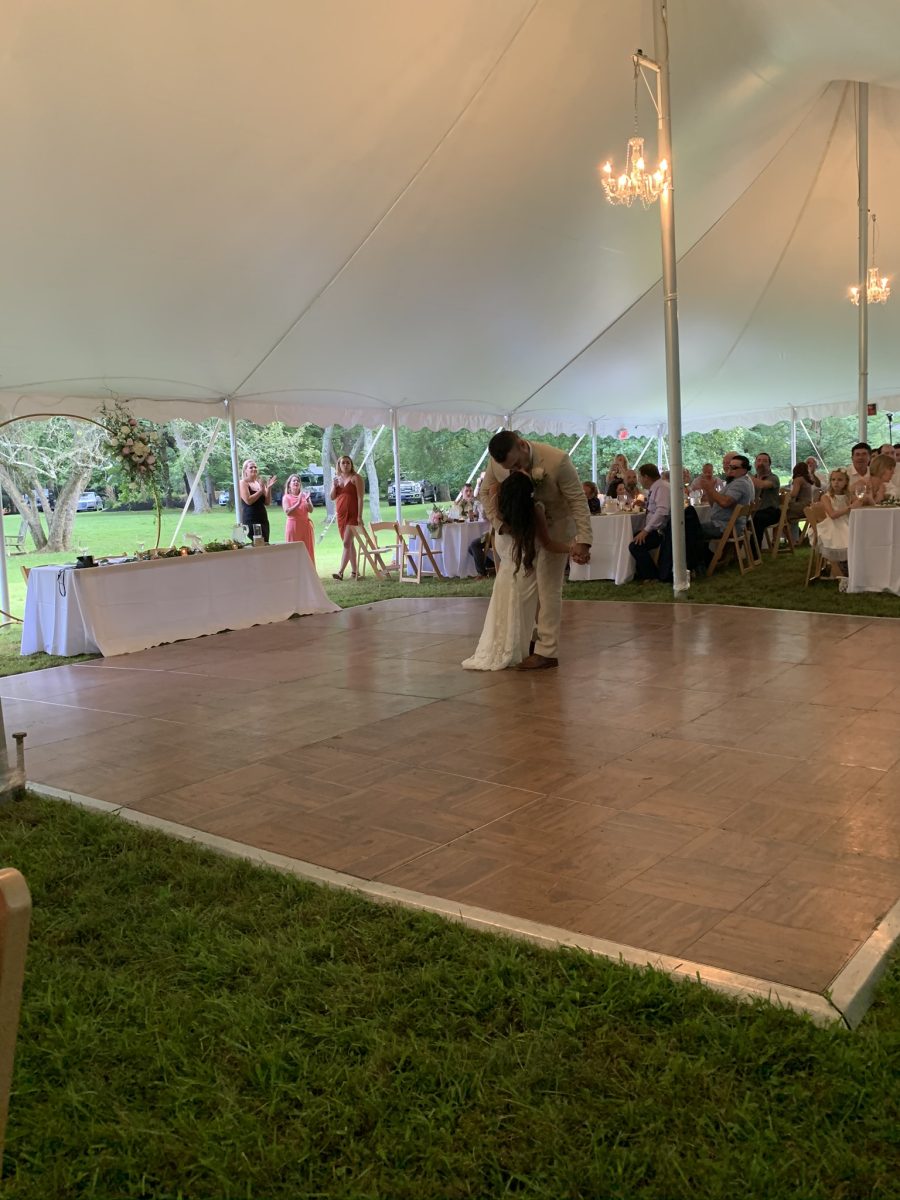Wood dancing surfaces are often favored for their classic appearance and texture. They provide a natural area that can absorb impact, which is advantageous for dancers who execute intense movements. The flexibility of timber helps minimize the chance of injuries, such as twists and strains, by providing a stable surface. Additionally, wood surfaces can be restored, enabling them to maintain their look over time. This longevity makes them a long-term investment for dancing studios. However, timber surfaces can be more expensive to install and upkeep compared to synthetic choices, and they may require consistent maintenance to prevent bending or damage from humidity.
On the other hand, synthetic dancing floors offer a range of benefits that make them attractive to many dancing spaces. One of the main benefits of vinyl is its affordability. Synthetic surfaces is generally more affordable to purchase and set up than timber, making it a cost-effective choice for studios. Furthermore, vinyl is offered in a variety of colors and designs, allowing for greater personalization to align with the style of the space. Vinyl floors are also easier to clean and care for, as they are impervious to marks and water. However, some performers may discover that vinyl does not provide the same level of shock absorption as timber, which could result to discomfort during long practice sessions.
Another important consideration to consider is the type of dance being executed. Various dancing genres may demand distinct surface materials for optimal performance. For example, classical ballet dancers often favor wood floors because they provide a stable surface for turns and leaps. In comparison, genres like urban dance or contemporary may gain from the non-slip features of synthetic. It is essential for studio owners to take into account the main dancing genres taught in their space when choosing a surface substance. This evaluation can help ensure that dancers have the best possible environment while rehearsing and performing.
Visual appeal also holds a major part in the choice procedure. Wood floors are often associated with elegance and tradition, making them a favored option for elegant dancing spaces and performance venues. The organic texture and richness of timber can establish a inviting environment that improves the general experience for both dancers and audiences. Conversely, vinyl surfaces can be crafted to mimic the look of timber or alternative substances, offering a contemporary and stylish look. The decision between timber and synthetic can eventually depend on the desired atmosphere of the area and the impact that dance studio proprietors want to create.
In conclusion, both wood and vinyl dance floors have their own set of benefits and drawbacks that can impact execution and aesthetics. Wood floors offer durability, shock absorption, and a classic appearance, while synthetic surfaces provide affordability, ease of maintenance, and styling flexibility. The decision between these materials should be based on the particular requirements of the performers, the kinds of dance being taught, and the overall vision for the dance studio. By carefully evaluating these elements, dance studio owners can create an environment that supports optimal execution and improves the pleasure of go to this web-site dance for everyone involved.
